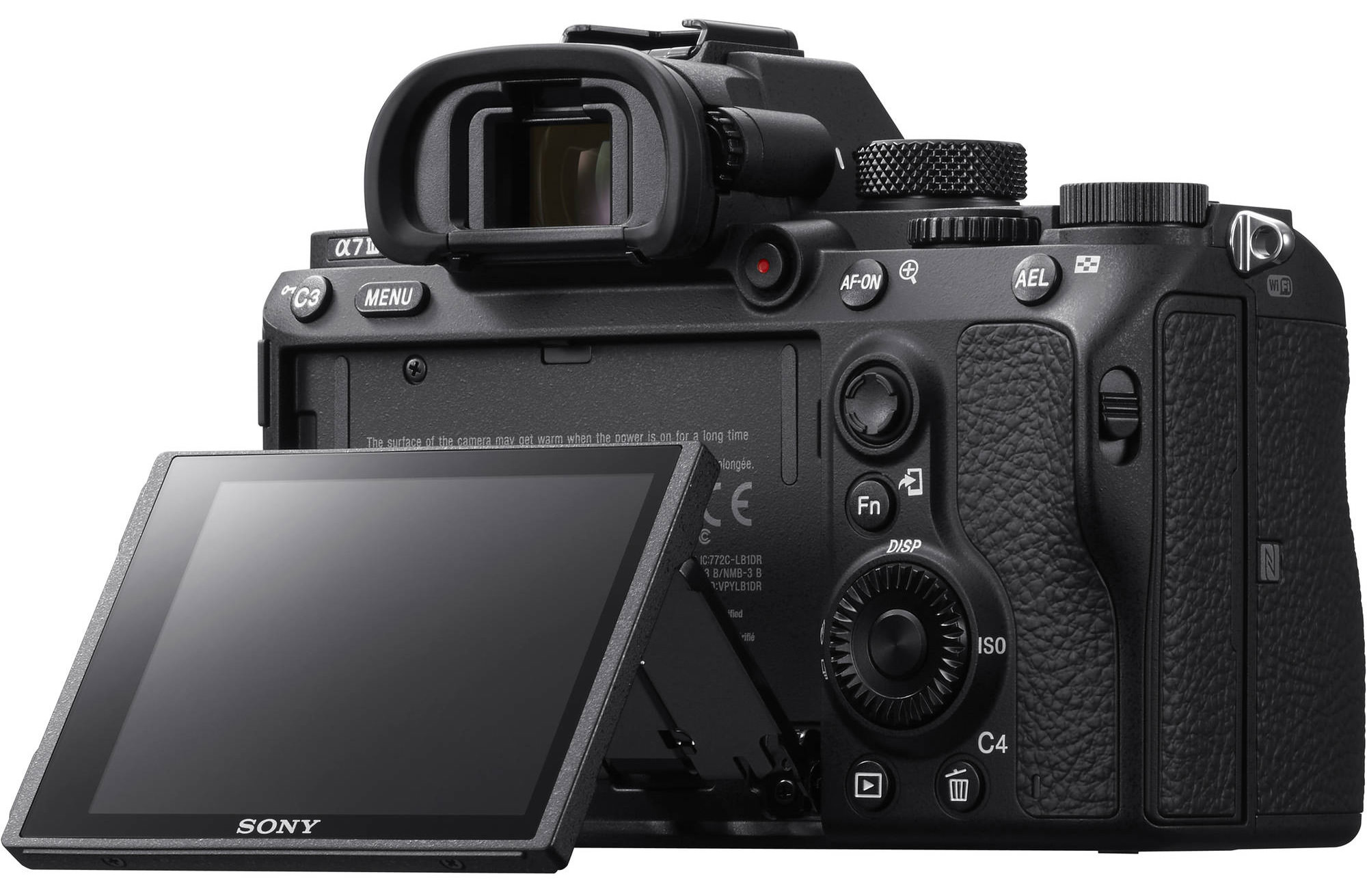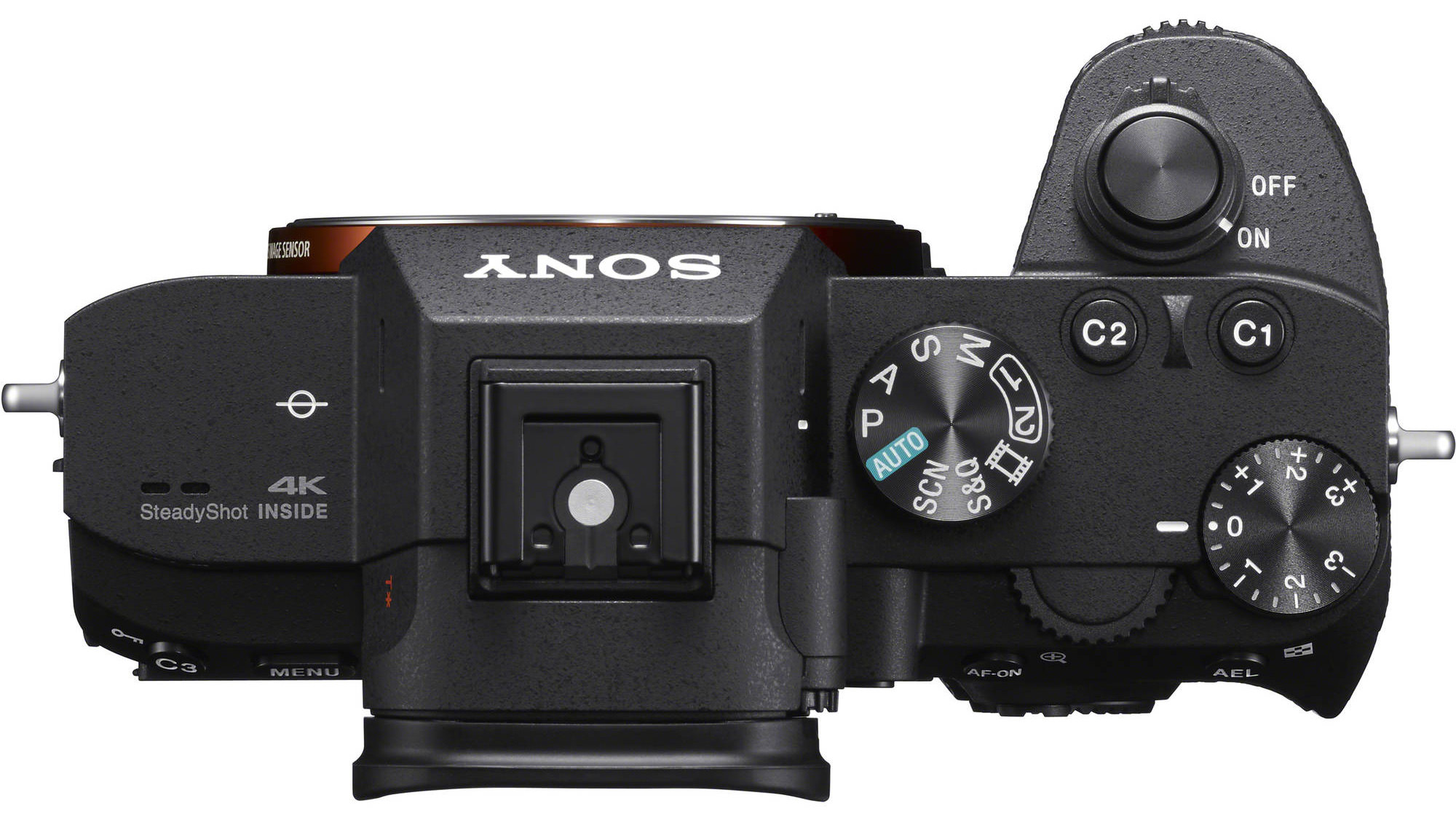SONY A73
CAMERA BODY
Calling the A7 series ‘entry-level’ is a bit misleading, rather it is less specialized and seeks to appeal to a broader range of photographers at an accessible price point. It doesn’t offer the same high resolution as the A7R series, the same low-light and video-centric features of the A7S series or the pure speed and focusing acumen of Sony’s flagship, the A9.
The distinctions between Sony’s different models have been quite clear for some years, but with this latest release, Sony seems intent on flipping this perception on its head. While the resolution is the same as the A7 II, the A7 III sports a new backside-illuminated (BSI) 24-megapixel sensor which is said to offer a similar dynamic range performance as the A7R III and a low light performance similar to the A7SII. The A7 III also inherits a number of hardware upgrades and features from the Sony A9, including the flagship model’s incredible 693-point phase-detection autofocus system.
| 24 MP full-frame BSI CMOS sensor |
| 693 Phase Detection AF Points with 93% coverage, inherited from α9 and 425 contrast AF points |
| Continuous eye autofocus mode called Eye AF with High Tracking ability |
| 5-axis optical in-body image stabilization with a 5.0 step shutter speed advantage |
| 10 fps continuous shooting (mechanical or silent) |
| Multiple 4K (3840x2160) video modes: 4K/24p oversampled from 6K sensor output, or 4K/30p oversampled from 5K cropped portion of sensor |
| 15 stops of dynamic range |
| Full HD (1920x1080) video at 120 fps |
| Larger 'Z'-series (NP-FZ100) battery from α9 and α7R III that is rated at 710 shots (CIPA measurement) - offering the world's longest battery life of any mirrorless camera |
| Upgraded operability and functionality including addition of joystick for adjusting focus points, Dual SD Card Slots, SuperSpeed USB (USB 3.1 Gen 1) USB Type-C Terminal |
| ISO range from 100 to 51,200 (expandable to 204,800) |
| Weather sealed, magnesium alloy body |
| No built-in flash. |
| 2.36 million dot OLED viewfinder with 0.78x magnification |
| Supports 4 different video file formats (XAVC S 4K, XAVC S HD, or AVCHD) |





